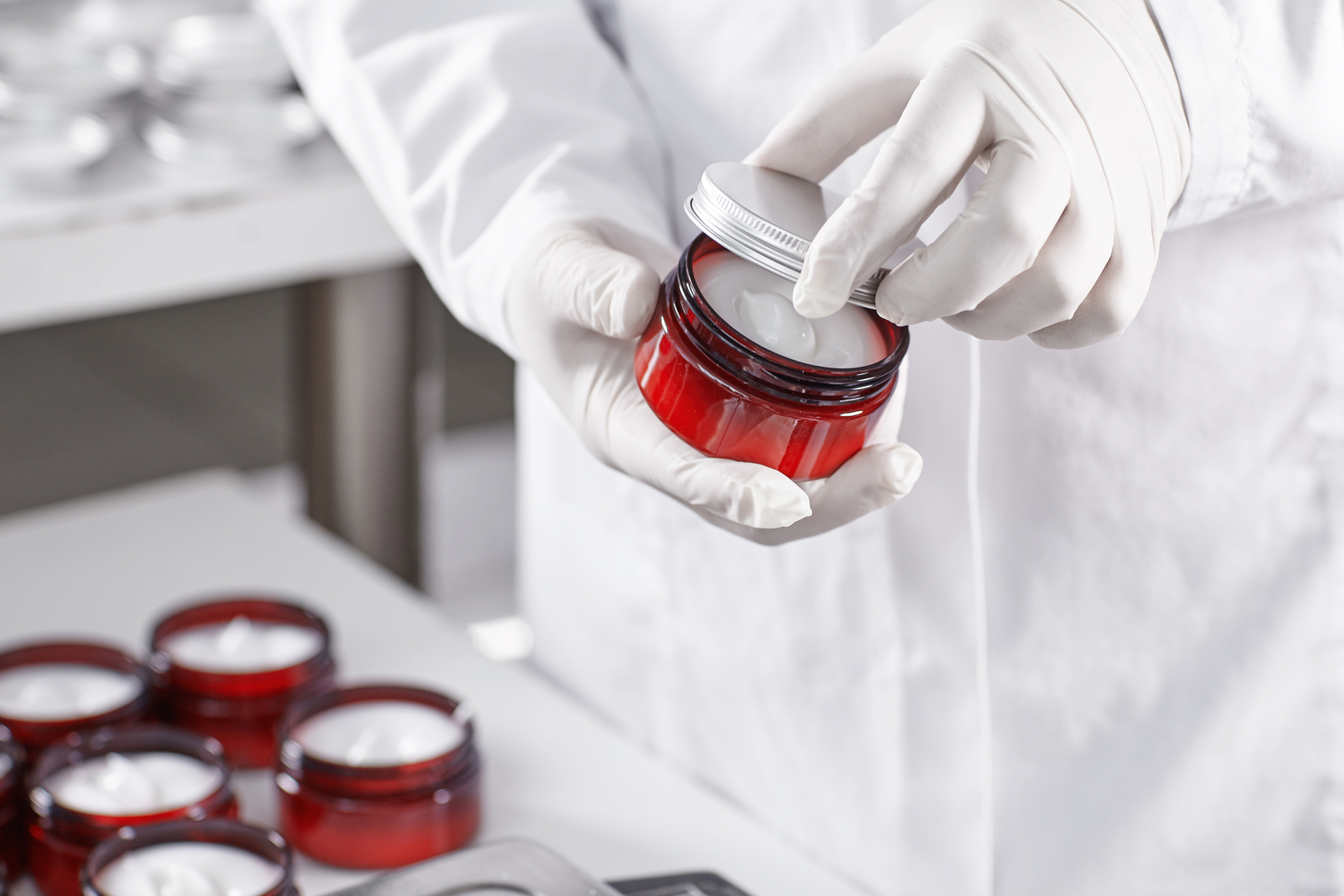Nanomaterials in Cosmetics and Ingredient Restrictions Explained, EU Cosmetic Regulation Updates 2024.
In the last month, two important updates were made to the EU’s cosmetic regulations (Regulation (EC) 1223/2009). These changes were introduced through Commission Regulation (EU) 2024/858 and Commission Regulation (EU) 2024/996 related to Nanomaterials in cosmetics. Let’s break down what these changes mean in simple terms:
Commission Regulation (EU) 2024/858: Nanomaterials in cosmetics Update
Published in March 2024, this amendment focuses on nanomaterials used in cosmetics following EU Cosmetic Regulations. Nanomaterials are tiny particles that are sometimes added to beauty products to improve their effectiveness, but concerns about their potential risks have grown. After a review by the Scientific Committee on Consumer Safety, several nanomaterials are now banned.
The newly banned nanomaterials in cosmetics include various forms of nano gold, nano silver, and nano copper. These can no longer be used in any cosmetic products sold in the EU. One ingredient, Hydroxyapatite (nano), often used in toothpaste, is allowed but only in small amounts and under very specific conditions to avoid inhalation.
Products containing these banned nanomaterials must be off the shelves by February 2025, and any stock that was made before April 2024 has until November 2025 to be sold off.
Commission Regulation (EU) 2024/996: Ingredients and Preservatives Update
Published in April 2024, this second regulation tackles ingredients like UV filters, skin-brightening agents, and preservatives.
-4-Methylbenzylidene Camphor, a UV filter, is now banned.
– Popular skin-brightening agents like Kojic Acid, Alpha-Arbutin, and Arbutin will have stricter usage limits in products.
– Retinol and its derivatives (commonly found in anti-aging products) will now have concentration limits, and products containing them will need to carry a warning about Vitamin A intake.
The deadline to comply with these new rules for most ingredients is February 2025, with any remaining non-compliant products being removed by November 2025. For products containing retinol, manufacturers have a bit more time, with deadlines stretching into 2027.
What Should You Know?
In simple terms, these regulations are tightening up the rules around what goes into cosmetics. The EU is especially cautious about nanomaterials in cosmetics and other potentially risky ingredients, so manufacturers need to review their products to make sure they comply with these new rules. If they don’t, they’ll need to pull them from the market before the deadlines hit.
For consumers, this means safer products with more transparent labeling, especially when it comes to ingredients like retinol and nanomaterials in cosmetics.
If you’re in the cosmetics industry, now’s the time to review your formulations and make sure everything is up to code before these deadlines kick in. Comereg Experienced Safety Assessors can check the safety of your products regarding the latest regulations, just contact us.



